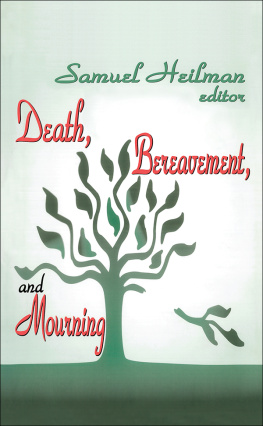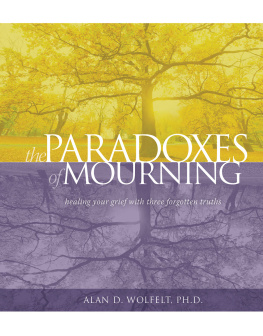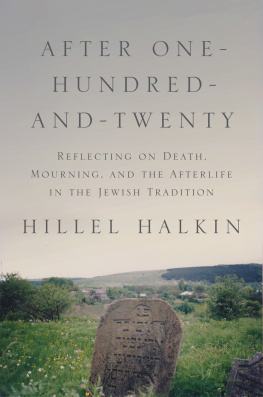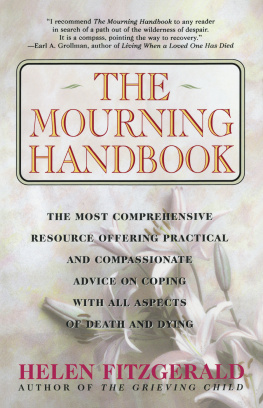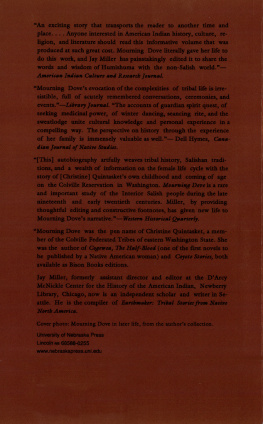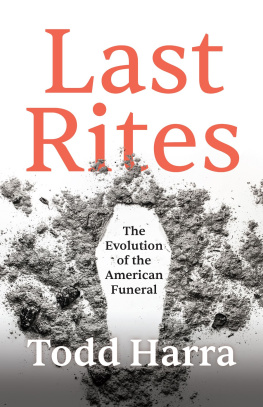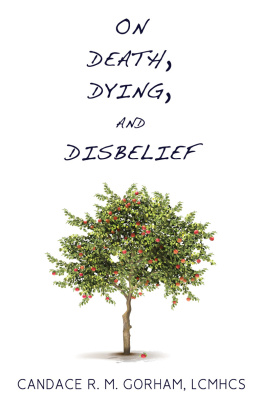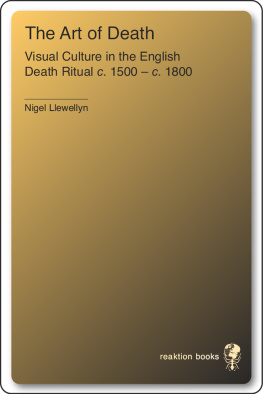Richard Davey - A History of Mourning
Here you can read online Richard Davey - A History of Mourning full text of the book (entire story) in english for free. Download pdf and epub, get meaning, cover and reviews about this ebook. year: 2020, publisher: Library of Alexandria, genre: Religion. Description of the work, (preface) as well as reviews are available. Best literature library LitArk.com created for fans of good reading and offers a wide selection of genres:
Romance novel
Science fiction
Adventure
Detective
Science
History
Home and family
Prose
Art
Politics
Computer
Non-fiction
Religion
Business
Children
Humor
Choose a favorite category and find really read worthwhile books. Enjoy immersion in the world of imagination, feel the emotions of the characters or learn something new for yourself, make an fascinating discovery.

- Book:A History of Mourning
- Author:
- Publisher:Library of Alexandria
- Genre:
- Year:2020
- Rating:3 / 5
- Favourites:Add to favourites
- Your mark:
A History of Mourning: summary, description and annotation
We offer to read an annotation, description, summary or preface (depends on what the author of the book "A History of Mourning" wrote himself). If you haven't found the necessary information about the book — write in the comments, we will try to find it.
ALTHOUGH tradition has not informed us whether our first parents made any marked change in their scanty garments on the death of their near relatives, it is certain that the fashion of wearing mourning and the institution of funereal ceremonies and rites are of the most remote antiquity. Herodotus tells us that the Egyptians over 3,000 years ago selected yellow as the colour which denoted that a kinsman was lately deceased. They, moreover, shaved their eyebrows when a relative died; but the death of a dog or a cat, regarded as divinities by this curious people, was a matter of much greater importance to them, for then they not only shaved their eyebrows, but every hair on their bodies was plucked out; and doubtless this explains the reason why so many elaborate wigs are to be seen in the various museums devoted to Egyptian antiquities. It would require a volume to give an idea of the singular funereal ceremonials of this people, with whom death was regarded, so to speak, as a speciality; for their religion was mainly devoted to the cultus of the departed, and consequently innumerable monumental tombs still exist all over Egypt, the majority of which are full of mummies, whose painted cases are most artistic.
The cat was worshipped as a divinity by the Egyptians. Magnificent tombs were erected in its honour, sacrifices and devotions were offered to it; and, as has already been said, it was customary for the people of the house to shave their heads and eyebrows whenever Pussy departed the family circle. Possibly it was their exalted position in Egypt which eventually led to cats being considered the familiars of witches in the Middle Ages, and even in our own time, for belief in witchcraft is not extinct. The kindly Egyptians made mummies of their cats and dogs, and it is presumable that, since Egypt is a corn growing, and hence a rat and mouse producing country, both dogs and cats, as killers of these vermin, were regarded with extreme veneration on account of their exterminating qualities. Their mummies are often both curious and comical, for the poor beasts quaint figure and face are frequently preserved with an indescribably grim realism, after the lapse of many ages.
Richard Davey: author's other books
Who wrote A History of Mourning? Find out the surname, the name of the author of the book and a list of all author's works by series.

